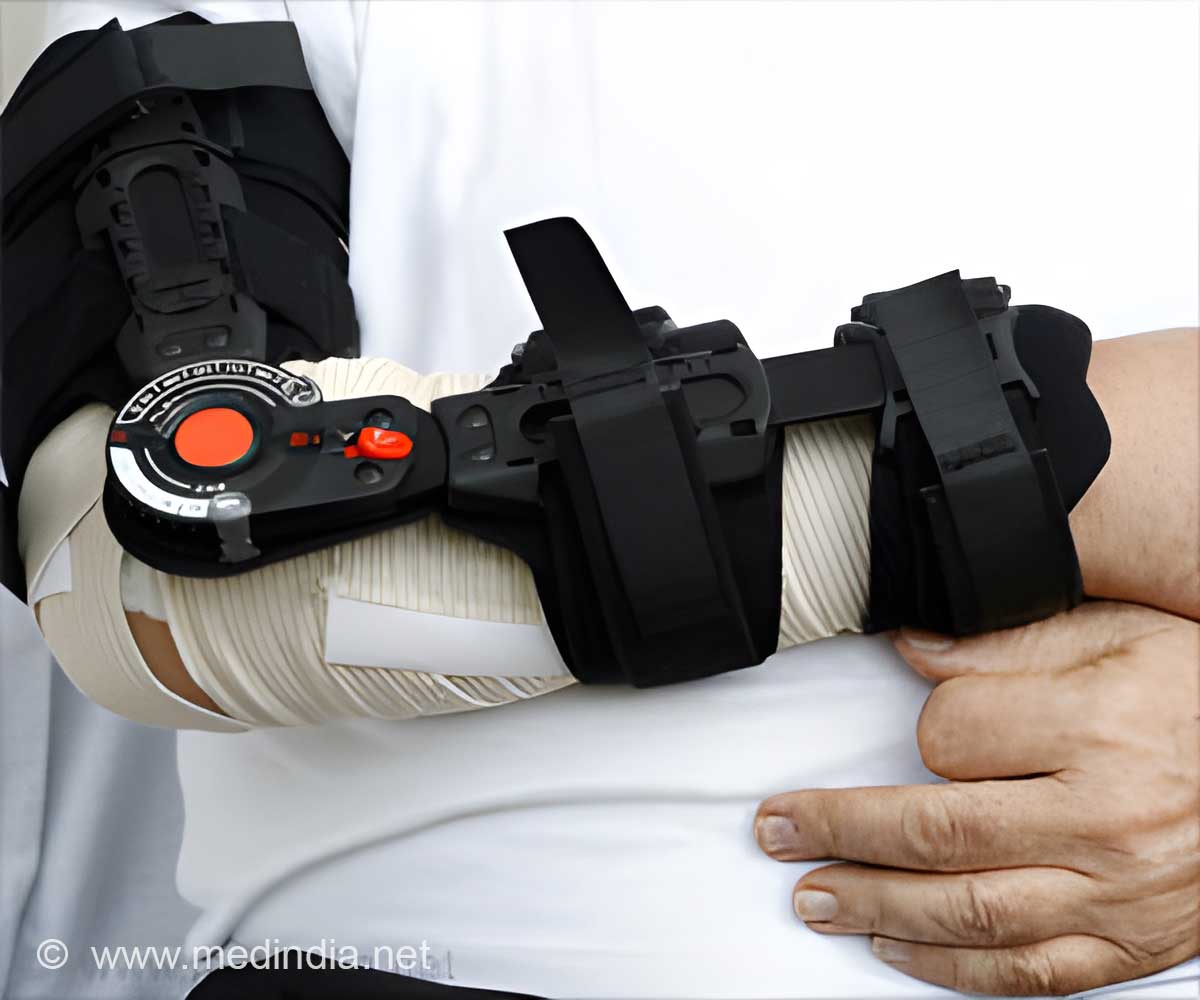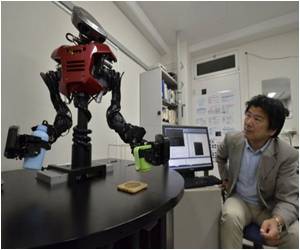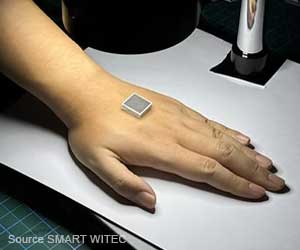Posterior parietal cortex of the brain assists in movement planning, which is useful for those with a prosthetic arm - movements seem natural and less jerky.

With this in mind, scientists at the California Institute of Technology (Caltech) have used these signals coming from the posterior parietal cortex as the source of control for a robotic arm. The posterior parietal cortex is the part of the brain involved in movement planning.
In a study on one paralyzed patient, two implants, each having 96 electrodes, each of which sample one neuron, were implanted in the posterior parietal cortex. The researchers created software that processed and decoded the signals, which then were converted into control signals to move the robotic arm.
The researchers showed that sensing electric signals from the posterior parietal cortex can significantly improve the quality of the motion of robotic prostheses.
The next step the researchers are hoping to take is to gather data coming from both the motor cortex as well as the posterior parietal cortex in order to improve the overall function prostheses controlled by brain computer interfaces.
 MEDINDIA
MEDINDIA




 Email
Email







